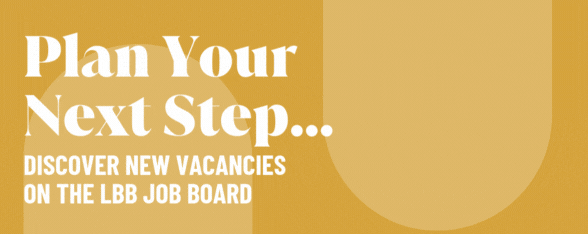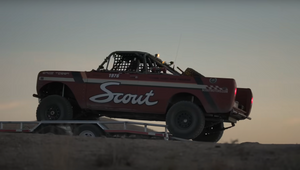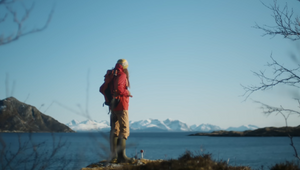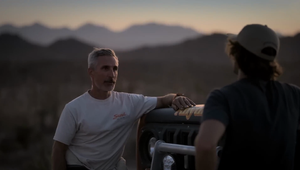
Finely Sliced: Finding Your Flow, Movement and Synchronicity with Vee Pinot
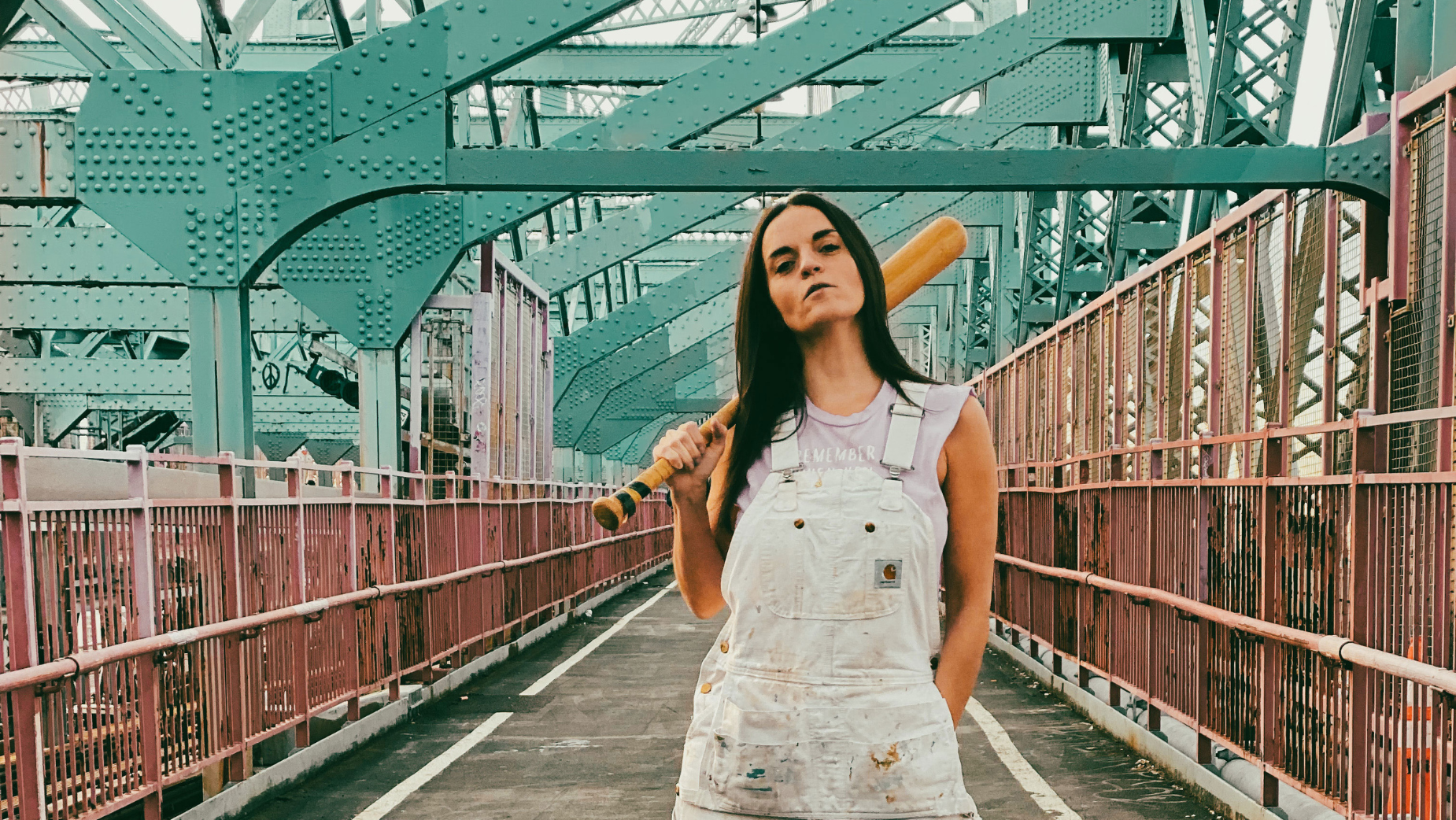
An industry veteran with decades of experience across many markets, Vee Pinot joined Whitehouse Post in 2024 after 11 years at Gramercy Park Studios. She co-founded Gramercy Park Studios in London in 2013, before moving to New York to open the studio’s NYC outpost in 2017. Prior to her time there, Pinot worked at Noughte Films, Hogarth Worldwide, and Problem Child Studios, which she also co-founded.
Vee has teamed with agencies including Ogilvy, BBH, Grey, and VML and worked with esteemed directors such as Martin Werner, Matt Rhodes, Manny Bonnet, and Aoife McArdle.
An energetic editor whose work moves and flows with inherent rhythm, Vee’s 17 years of classical dance training is evident in her work for top brands like Coca-Cola, Heinz, British Heart Foundation, Betfair and Mazda. In addition to commercial work, Vee has cut short films, music videos, and longer form content, and her work has been honored at festivals including Cannes, Emmys, British Arrows, Creative Circle, and the UK MVAs.
LBB> The first cut is the deepest: how do you like to start an editing project?
Vee> I love spending time prepping for a project and learning all I can about it before I even start. For me, it often starts with sound. I love looking for sound design (sound effects, atmosphere, music if needed) anything that will tell the auditory story along the visual one and elevate the senses. It’s just a starting point that helps me craft the flow of the edit and the emotion I want out of it.
LBB> Non-editors often think of editing just in technical terms but it’s integral to the emotion and mood of a film. How did you develop that side of your craft?
Vee> To me, editing is an emotional process that requires nurturing, attention and patience. I listen to my gut instinct and pay attention to how each project makes me feel. Instinct says it best. It’s funny how often we come back to the first cut after weeks of editing and realise it was the best all along.
LBB> How important is an understanding of story and the mechanics of story?
Vee> Knowing how to tell a story, how to captivate and hold an audience, how to shape performances and which takes best serve the story are hugely important. The edit needs to make you feel something. Good or bad. And of course, it needs to make sense. If you need to explain it, it’s not working.
LBB> Rhythm and a sense of musicality seem to be intrinsic to good editing (even when it’s a film without actual music) – how do you think about the rhythm side of editing, how do you feel out the beats of a scene or a spot? And do you like to cut to music?
Vee> I was a dancer for 17 years. The sense of flow, movement and synchronicity I acquired through dance shaped me as an editor. I just feel it and I let it guide me. Cutting to music can be cool. Off-beat maybe unsettling or unexpected. Silence can be so loud and powerful. Each project has its own rhythm and I immerse myself in it. There is no rule.
LBB> Tell us about a recent editing project that involved some interesting creative challenges.
Vee> I just finished editing a feature film and 80% of the film is set in one room with one actor talking to someone off camera. Editing dialogue without much to cut to aside from the one character can be challenging. But it was a fantastic experience and I can’t wait to share it.
LBB> In the US we know that editors are much more heavily involved across the post production process than in Europe - what’s your favourite part of that side of the job?
Vee> I started my editing career in Europe where I worked closely with directors throughout the entire process. Whenever I can, I edit on set and work very closely with the director during shoot. In any other case, I always set a call with director prior to the shoot, attend PPM and keep them in the loop. I love to be involved across the whole post productions process, working closely with creatives, post houses and producers. I love the creative collaboration.
LBB> What’s harder to cut around – too much material or not enough? (And why?)
Vee> Too much material is only difficult if the schedule doesn’t allocate enough time for crafting the edit. I want the time to thoroughly look through everything and experiment with every option and add layers to my edit as I refine it, one pass at the time. I hands down prefer too much material.
LBB> Which commercial projects are you proudest of and why?
Vee> The Aquarius Sweat Is Beautiful campaign was a great commercial project to work on. Directed by Martin Werner and filmed by Kacper Tuxen, it was a real treat for me. A mixture of storytelling and flow. The perfect combination.
LBB> There are so many different platforms for film content now, and even in advertising something can last anything from a few seconds to a couple of hours. As an editor, are you seeing a change in the kind of projects you’re getting from brands and agencies?
Vee> Absolutely. On one hand, we saw the rise of the 15 second spot, which creatively can be challenging and restrictive for an editor. On the other hand, the opportunity to work on brand films, powerful human stories where all timing constraints go away, leaving only space for creative expression and story to unfold.
LBB> Who are your editing heroes and why? What films or spots epitomise good editing for you?
Vee> Viola Lawrence, Dede Allen, Margaret Booth, Anne Coates, Sally Henke, Thelma Schoonmaker. They are my heroes. All helped paved the way for women editors today. Su Friedrich said “The fact that editing is supposed to be invisible, which has contributed to editors not being visible, is what makes it such a great craft”. That says it all. Invisible is the key.
A film that grabbed my attention editorially was Athena by Romain Gravas. With a whopping 11 minute unbroken and breathtaking opening scene, followed by a frenetic pace throughout. The cinematography and editing style allowed for an immersive experience. I am not a fan of the ending, but I feel the edit was essential to the success of this film.
LBB> How does editing in the commercial world differ from the film world and TV world?
Vee> Each project requires a different approach. Different directors, different styles, different lengths. In film, we tend to stay on that one project for a few months, as opposed to a few weeks in the commercial world, so it’s a change of pace to go between the two.






